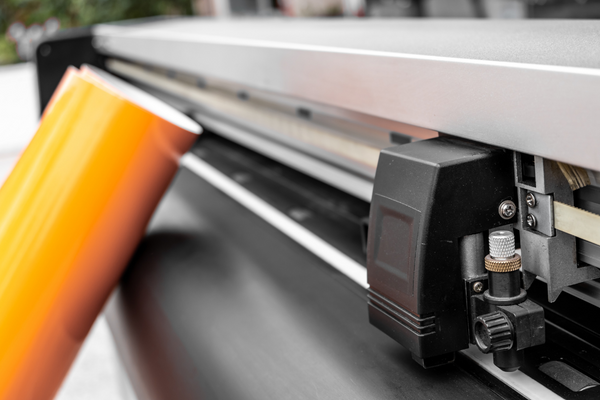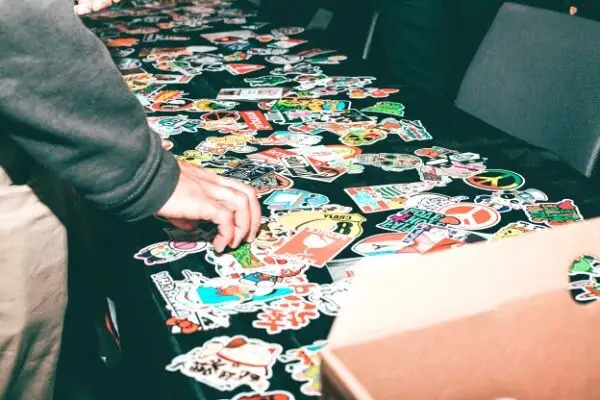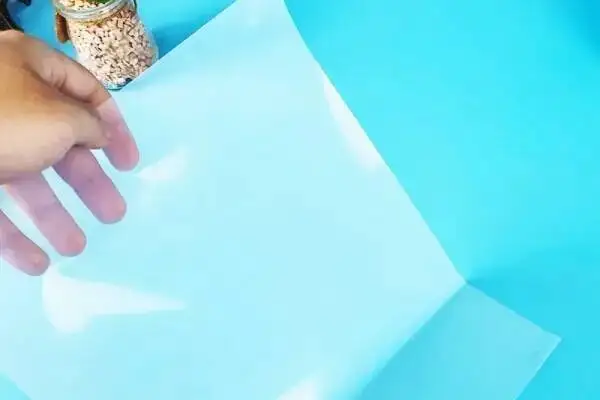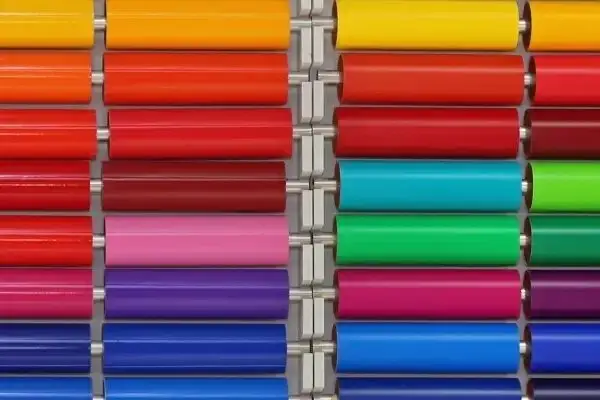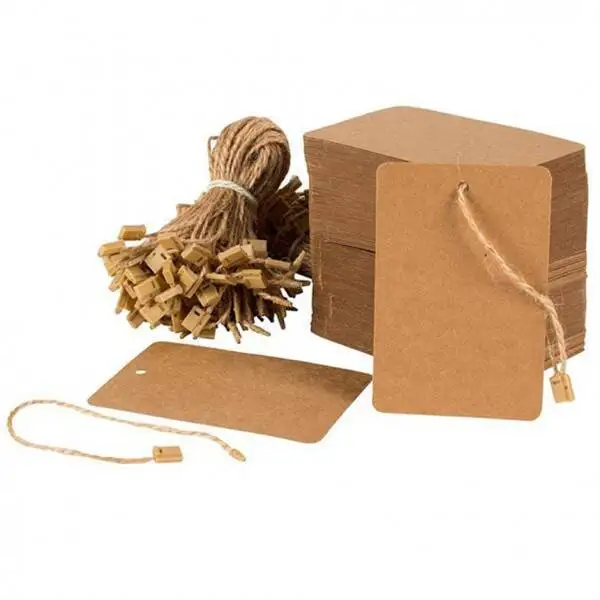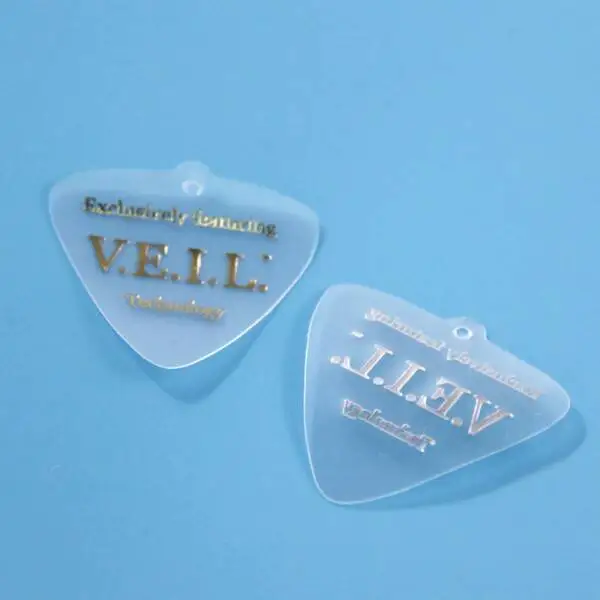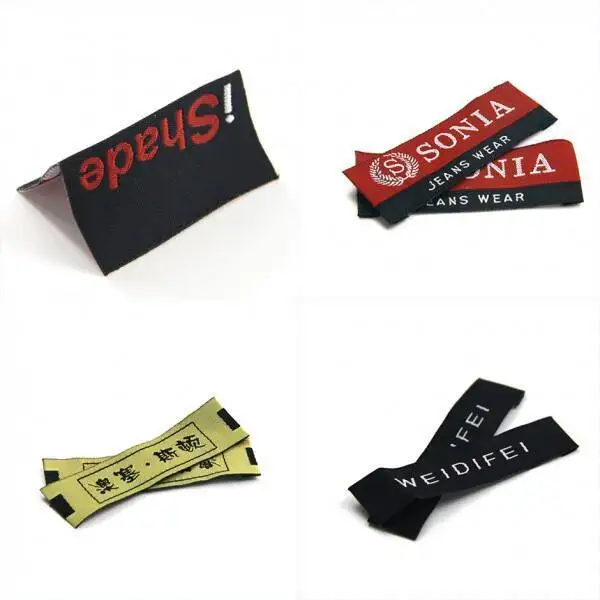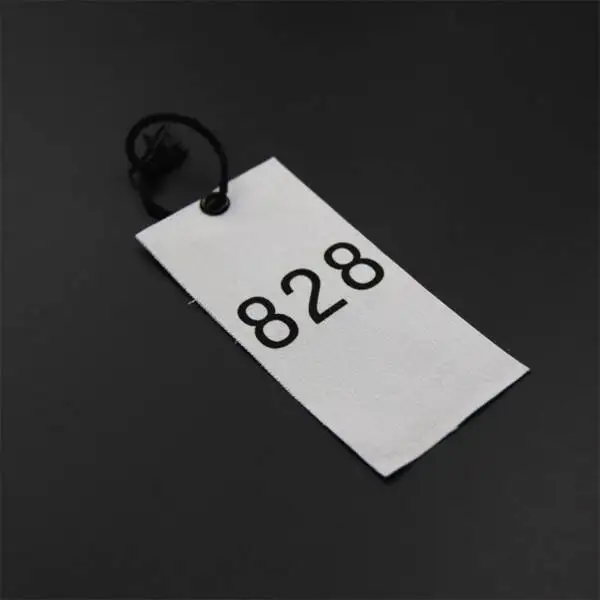The Advantages and Disadvantages of Printable Sticker Paper
If you want to make your own stickers, printable sticker paper is an excellent choice. This paper is thicker than regular paper and may get stuck in your printer if you feed more than one sheet at a time. To avoid this, always lay your sticker paper flat. In the absence of a printer, you can also draw on paper, or cut out pictures from books or magazines. Then, glue the stickers together and let them dry.
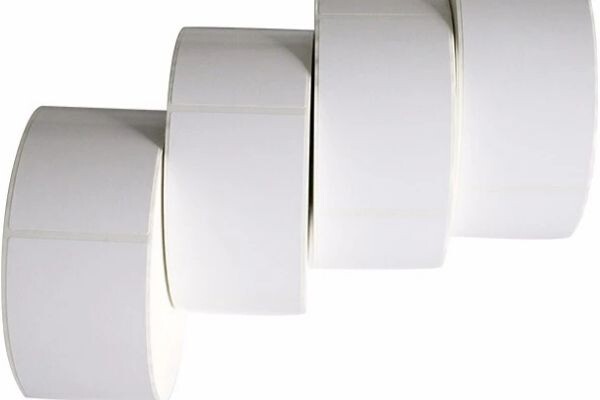
Glossy sticker paper is great for printing transparent stickers
If you're printing transparent stickers for marketing purposes, consider using glossy sticker paper. This type of paper offers high-resolution printouts without bleed, making your stickers almost identical to the original image. These stickers can be easily removed without damaging the paper, and their adhesive is permanent and semi-tear-resistant. This type of paper is ideal for printing transparent stickers, since it doesn't cause the sticker to tear away when it's removed.
Printed on glossy sticker paper, these stickers look great when you stick them on shiny surfaces. The glossy surface allows you to see the image and details. They're also easy to remove, so you can use them on a variety of surfaces, from fridge magnets to calendars. Using glossy sticker paper is ideal for printing transparent stickers, as it produces a high-quality, eye-catching sticker.
Inkjet printers are another option for printing stickers. They offer the highest resolution and hold color perfectly. While it's not the fastest method, a laser printer can print 5,000 sheets at once. Generally, sticker printer paper works with both inkjet and laser printers, but an inkjet sticker printer paper will melt in a laser printer. So, when purchasing sticker paper, make sure you know what type of printer you're using.
Unlike vinyl sticker paper, gloss sticker paper is easy to clean with a soft cloth. It can also stand up to UV light, making it a good option for outdoor use. And because it is flexible, it's great for cable tray, pipeline, and fleet decals. It's also great for outdoor signage. A great sticker paper should also be compatible with cutting machines, so you're not limited to one type of printer.
Whether you're printing for personal use or for professional purposes, you should consider which type of sticker paper suits your needs the best. You can choose glossy or matte finish, and they are both equally good for printing. You can also choose different types of sticker paper based on their size and thickness. For planner stickers, try the thinner type for crisp, vivid colors. Stickers printed on thicker paper will be opaque and will obstruct your planner, while thinner stickers will be more translucent.
Vinyl is more durable than paper-based stickers
When comparing the durability of paper-based stickers and vinyl ones, the first thing to consider is the material used. While paper-based stickers are more common, vinyl offers many advantages. One of these is its water-resistance. Vinyl will remain adhered to surfaces with a high water content for about a year, and then will begin to lose their hold on liquids. However, vinyl will need additional protection after this period.
If you're worried about the quality of your stickers, consider buying waterproof versions. Vinyl is much more durable than paper-based stickers, and it is much easier to use scissors or a silhouette cameo to cut them. Vinyl-based stickers can also be used to make custom bumper stickers and custom car decals. And don't forget to check the compatibility of your sticker paper. Many sticker papers are compatible with different printers, so be sure to check on packaging before purchasing.
There are many advantages to vinyl over paper-based stickers. For one thing, you can cut vinyl with a Cricut machine. The best part about vinyl is that it doesn't need to be weeded, unlike paper-based stickers. The best part about vinyl stickers is that they can be applied like stickers, too! However, the biggest drawback is the cost. Vinyl stickers are often expensive, so you may want to invest in vinyl that can withstand the abuse they will get.
Ink cartridges are expensive
Using expensive ink cartridges isn't the only reason why sticker papers are expensive. Printer manufacturers try to sell the printer at a loss, and they want to be the consumers' ink provider. That's why they frown on using other brands of cartridges. While they're true, standard text and graphics are unlikely to have noticeable differences. Choosing a printer with a high-quality print quality can save you a lot of money over time.
Adhesive labels are often made from matte, tear-resistant paper. Color resolution is high, and there's no bleed. However, the color richness isn't as high as it is in other types of sticker papers. In addition, these labels can be difficult to remove from the paper. While inkjet inks are relatively cheap, printing on sticker paper can be expensive. Ink cartridges for printable sticker paper are expensive, so you'll need to buy several if you plan to make a large number of stickers.
When using sticker paper, the quality of the print depends primarily on the resolution of the printing process. If you want sharp, clear lines and minimal ink bleed, you need high-quality sticker paper. Simple stickers can be cut with scissors and a paper cutter, but more complicated shapes require a cutting machine. Quality sticker paper will determine the quality of planner stickers. The more expensive brand name inks, the higher your sticker paper costs.
Ink cartridges for printable sticker paper are also expensive because they aren't compatible with cheaper brands. Unlike inks made from a generic, off-brand alternative, compatible cartridges are manufactured to work best with specific printers. The manufacturers of these cartridges are likely to have patents on the printer in question, which prevent counterfeiters from copying them. For this reason, they may be more expensive than the printer itself.
A cheaper alternative to brand-name stickers is compatible sticker paper. Compatible ink cartridges are designed to work with a particular printer, which can make them a great choice for people who are on a tight budget. The quality of compatible stickers is the same as OEM ink, and they often save up to 50 percent over OEM ink. So, don't buy a generic sticker paper just because it's cheaper.
Ink quality varies between printers
The ink quality of printing stickers on sticker paper is different depending on the type of paper used. Most inkjet printers are designed to print on a wide variety of media, from photo paper to sticker paper. Depending on the model of printer, you can change the printing speed and ink level. A laser printer can print 5,000 sheets at a time, while an inkjet printer is limited to a few hundred. Sticker paper for an inkjet printer usually melts when placed inside a laser printer.
CMYK printing processes have a wide range of color values. For example, the lighter side of the spectrum doesn't translate well, which means that some colors may appear as white to the casual observer. Black tone also affects the colors of the design, so the ratio of black and color ink will vary. When you print on sticker paper, it's essential to check the ink quality to avoid printer jams.
Depending on the purpose of the stickers, there are different types of sticker printer paper available. Glossy paper is better for advertising and brightly colored stickers, while matte sticker paper is suitable for labels. Sticker paper that's white, though, isn't the same in quality. Some papers are off-white, cream-colored, warm or cold white. Most consumers aren't able to distinguish between the shades of white when they shop online.
If you're looking to print a lot of stickers, you should consider purchasing a thermal laminating machine. This machine uses less ink but is convenient and cheaper than clear sticker paper. You should make sure that the paper is larger than the stickers you're printing on. Ink quality can vary significantly between printers. You should always read the user manual for your printer and consider the size and thickness of the stickers you'll print on the paper.
The drying time of inkjet prints varies based on the printer, paper, and ink type used. Printed documents require a few hours to dry, whereas photo prints require 24 hours. Most people will start moving prints around before this time is up, but the inks used in high-end printers often require more drying time. Once they're dry, they should last longer than sticker paper.
Related Articles
Product Groups
- Metallic Label
- Supermarket Labels
- Food Label
- Tyre Label
- Resealable Label
- Holographic Labels
- Electrical Label
- Adhesive Vinyl Roll
- Inkjet Vinyl Sticker Paper
- Paper Box
- Temperature Resistant Labels
- Clothing Label
- Office Labels
- Bubble Mailer
- Bottle Label
- Chemical Label
- Anti Counterfeit Label
- Temperature Indicator Sticker


